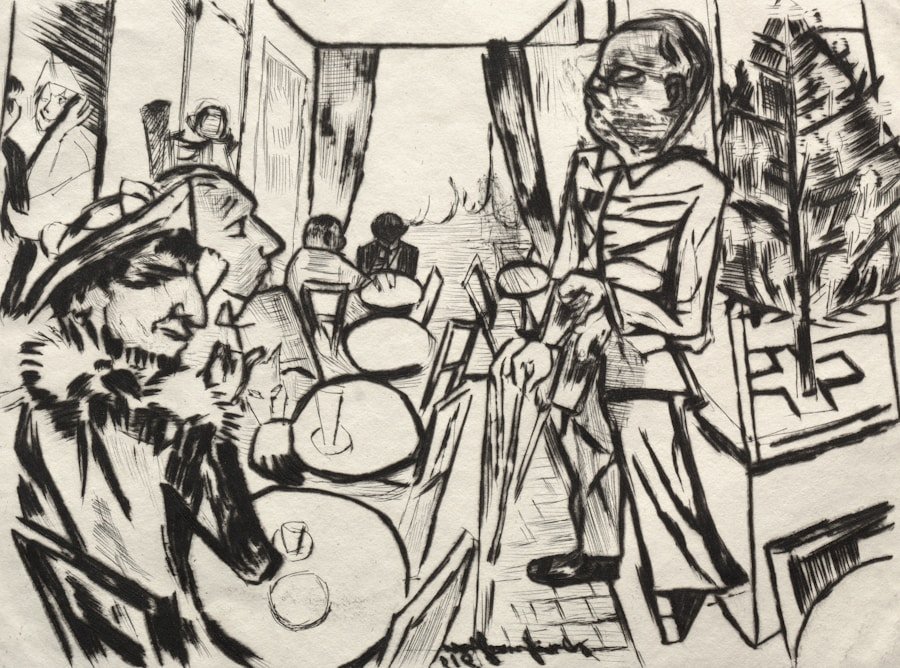Character Development 101: Techniques for Making Your Characters Memorable and Believable
Character development is the cornerstone of compelling storytelling. It is the process by which an author breathes life into their creations, transforming them from mere words on a page into living, breathing entities that captivate readers and linger in their minds long after the final chapter has been read. Well-developed characters serve as the emotional anchors of a narrative, drawing readers into the story and allowing them to form deep connections with the fictional world.
The importance of character development cannot be overstated. It is through the lens of carefully crafted characters that readers experience the events of a story, and it is their struggles, triumphs, and growth that give meaning to the plot. Without strong character development, even the most intricate and exciting plot can fall flat, leaving readers feeling disconnected and unengaged.
By investing time and effort into developing rich, complex characters, authors can create stories that resonate with their audience on a profound level, evoking empathy, understanding, and a genuine emotional investment in the narrative.
Creating Multi-Dimensional Characters
The Importance of Depth and Complexity
Multi-dimensional characters are the lifeblood of engaging fiction. These are characters who possess depth, complexity, and a range of traits that make them feel authentic and relatable. To create such characters, authors must move beyond simple archetypes and stereotypes, delving into the intricacies of human nature to craft individuals who are as nuanced and contradictory as real people.
Balancing Strengths and Weaknesses
One effective technique for creating multi-dimensional characters is to explore their strengths and weaknesses in equal measure. No person is entirely good or entirely bad, and fictional characters should reflect this reality. By giving characters both admirable qualities and notable flaws, authors can create a sense of balance and realism that resonates with readers.
Adding Layers of Complexity
Additionally, considering how a character’s traits might manifest differently in various situations can add layers of complexity to their personality, making them more dynamic and interesting to follow throughout the story.
Using Backstory to Enhance Character Development
Backstory is a powerful tool in the character development arsenal. It provides context for a character’s actions, beliefs, and motivations, helping readers understand why they behave the way they do. A well-crafted backstory can add depth and richness to a character, making them feel more real and three-dimensional.
When incorporating backstory, it’s important to strike a balance between providing enough information to inform the character’s present-day actions and avoiding information dumps that can slow down the narrative. Skillful authors weave backstory into the main narrative through dialogue, internal monologue, and carefully placed flashbacks. This approach allows readers to gradually discover the character’s past, creating intrigue and maintaining narrative momentum.
Moreover, using backstory to explain a character’s fears, desires, and core beliefs can create a strong emotional connection between the reader and the character, fostering empathy and investment in their journey.
Developing Character Arcs and Growth
Character arcs are the transformative journeys that characters undergo throughout a story. They are essential for creating dynamic, engaging narratives that keep readers invested from beginning to end. A well-executed character arc shows how a character changes and grows in response to the events of the plot, learning valuable lessons and overcoming personal obstacles along the way.
To develop effective character arcs, authors must first establish a clear starting point for their characters, including their initial flaws, beliefs, and goals. As the story progresses, characters should face challenges that force them to confront these aspects of themselves, leading to moments of self-reflection and growth. It’s important to ensure that character growth feels organic and earned, rather than sudden or contrived.
Gradual changes, setbacks, and moments of backsliding can all contribute to a more realistic and satisfying arc. By the end of the story, characters should have undergone a meaningful transformation, whether it’s a dramatic shift in their worldview or a subtle change in their approach to life.
Crafting Memorable and Believable Dialogue
Dialogue is a crucial element of character development, serving as a window into a character’s personality, background, and emotional state. Well-crafted dialogue can bring characters to life, revealing their unique voices and perspectives while advancing the plot and deepening relationships between characters. To create memorable and believable dialogue, authors should strive to give each character a distinct voice that reflects their personality, background, and current emotional state.
This can be achieved through word choice, sentence structure, and the use of dialect or slang. It’s also important to consider what a character might leave unsaid, as subtext and implication can be powerful tools for conveying meaning. Additionally, dialogue should serve multiple purposes within a scene, such as revealing character, advancing the plot, or creating tension.
By carefully crafting each line of dialogue to serve these multiple functions, authors can create rich, engaging conversations that feel natural and purposeful.
Utilizing Character Motivations and Goals
Character motivations and goals are the driving forces behind a character’s actions and decisions. They provide the ‘why’ behind a character’s behavior, giving readers insight into their inner workings and making their choices feel logical and believable. When developing character motivations, it’s important to consider both external and internal factors.
External motivations might include tangible goals like wealth, power, or survival, while internal motivations could involve emotional needs such as love, acceptance, or redemption. The most compelling characters often have complex, sometimes conflicting motivations that create internal tension and drive the story forward.
Goals should be clear and specific, providing a sense of direction for the character’s arc.
As the story progresses, these goals may evolve or change entirely, reflecting the character’s growth and the impact of plot events on their priorities.
Avoiding Common Pitfalls in Character Development
Even experienced authors can fall into common traps when developing characters. One frequent pitfall is creating characters who are too perfect or flawless, often referred to as “Mary Sues” or “Gary Stus.” These characters lack the complexity and relatability that make fictional individuals compelling to readers.
To avoid this, authors should ensure their characters have meaningful flaws and struggles that they must overcome throughout the story.
Another common mistake is relying too heavily on stereotypes or clichés when crafting characters. While archetypes can be useful starting points, it’s important to subvert expectations and add unique twists to familiar character types. Additionally, authors should be wary of creating characters who lack agency or whose actions are solely driven by the needs of the plot rather than their own motivations and personalities.
By being mindful of these potential pitfalls and actively working to avoid them, authors can create more nuanced, believable characters that resonate with readers and elevate their stories to new heights.
FAQs
What is character development?
Character development refers to the process of creating and evolving a fictional character in a story. It involves giving the character depth, complexity, and growth throughout the narrative.
Why is character development important in storytelling?
Character development is important in storytelling because it helps to create memorable and believable characters that readers or viewers can connect with. Well-developed characters drive the plot forward and make the story more engaging and impactful.
How can I create multi-dimensional characters?
To create multi-dimensional characters, you can give them a combination of strengths and weaknesses, complex emotions and motivations, and a unique set of traits and quirks. Avoiding stereotypes and clichés can also help in making characters multi-dimensional.
How can backstory enhance character development?
Backstory can enhance character development by providing insight into a character’s past experiences, motivations, and relationships. It helps to shape the character’s present actions and decisions, making them more realistic and relatable.
What are character arcs and growth?
Character arcs refer to the transformation or development that a character undergoes throughout the story. Character growth involves the evolution of a character’s beliefs, values, or personality traits as a result of their experiences and challenges.
How can I craft memorable and believable dialogue for my characters?
Crafting memorable and believable dialogue involves understanding each character’s unique voice, using realistic language and speech patterns, and ensuring that the dialogue serves a purpose in advancing the plot or revealing character traits.
How can I utilize character motivations and goals in character development?
Utilizing character motivations and goals involves understanding what drives the character’s actions and decisions, and how their desires and aspirations shape the story. By aligning the character’s motivations with the plot, you can create a more compelling narrative.
What are some common pitfalls to avoid in character development?
Common pitfalls in character development include creating one-dimensional characters, relying on stereotypes, neglecting character growth, and forcing unrealistic or inconsistent behaviors. It’s also important to avoid making characters too predictable or perfect.






0 Comments